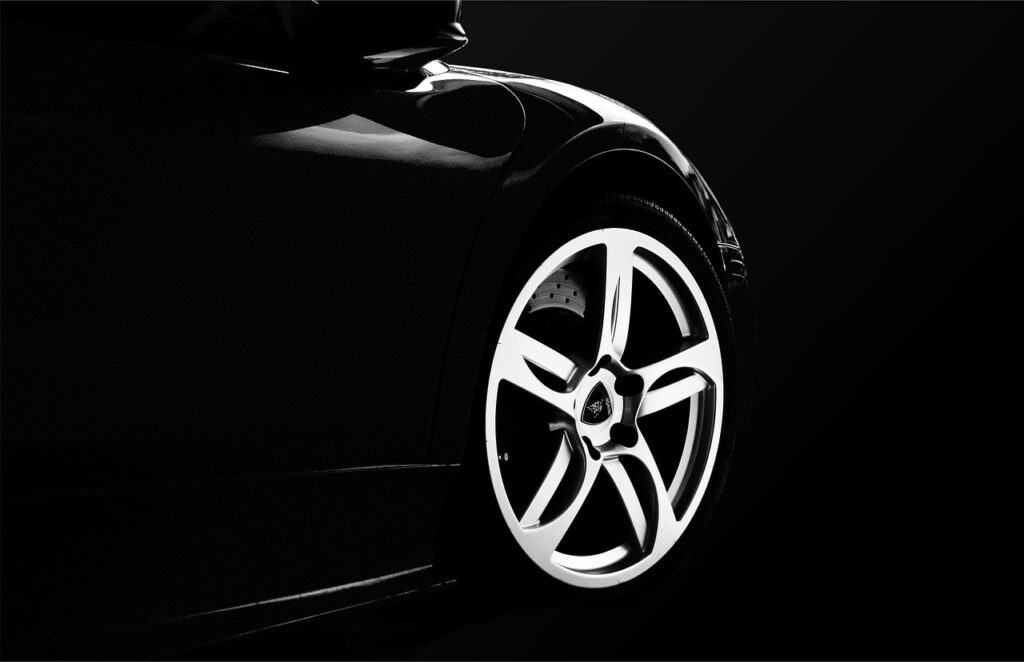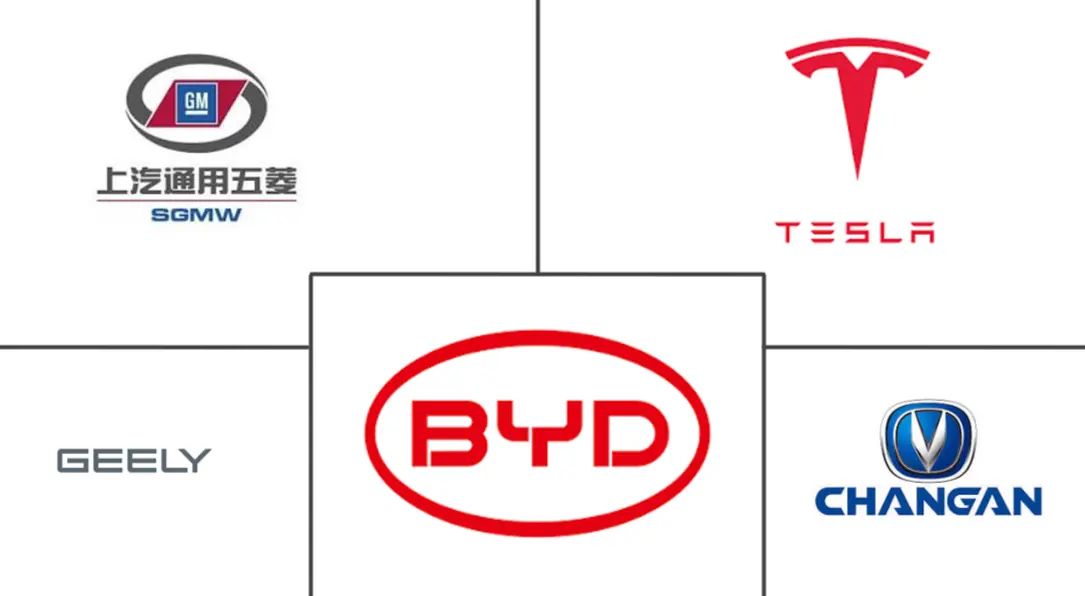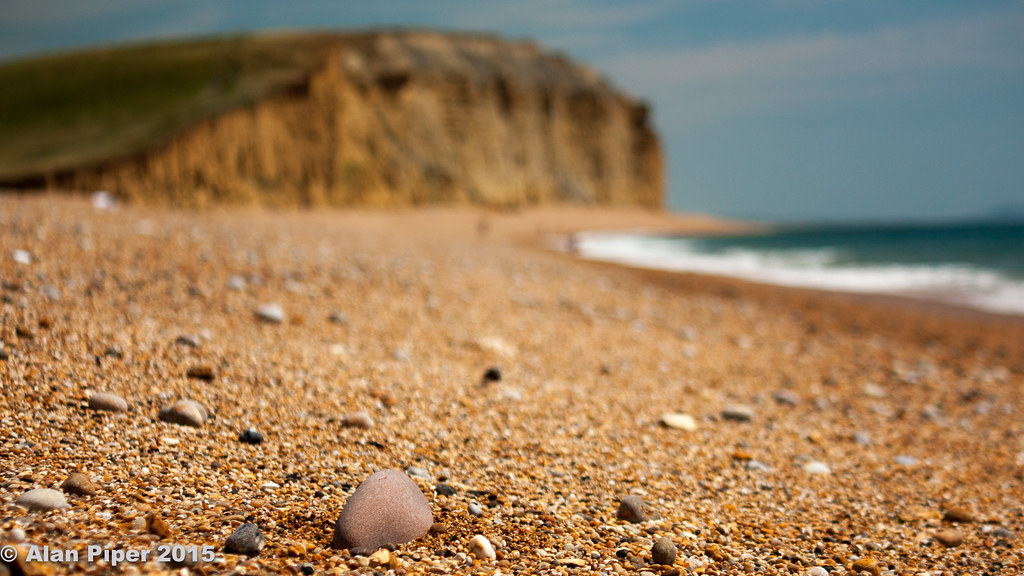
There’s something truly magical, almost otherworldly, about the rumble of an old engine, the glint of polished chrome under the sun, and the distinct aroma of gasoline and well-aged leather. For many, a classic car isn’t merely a mode of transport; it’s a rolling piece of art, a tangible link to a bygone era of design, craftsmanship, and a simpler, more tactile driving experience. These magnificent machines evoke a powerful sense of nostalgia, reminding us of a time when vehicles were built with individual character and a meticulous attention to detail that has become less common in our modern, automated world.
Yet, not every corner of the world is equally suited to nurturing this profound appreciation for automotive history. Imagine a place where vintage vehicles aren’t just weekend curiosities, but an intrinsic part of the daily landscape, where every street corner could unveil a breathtaking classic cruising at a leisurely pace. This isn’t just a fantasy; in certain unique pockets across the United States, conditions align to create true havens for classic car enthusiasts, where the culture, the climate, and the community conspire to keep the golden age of driving gloriously alive.
Our journey begins in one such legendary locale, a seemingly tiny city that embodies the ideal environment for the vintage automobile. But beyond this specific haven, we’ll uncover the universal ‘why’—the critical factors that transform a simple town into a living museum for motorheads, where the past doesn’t just rumble, it thrives. We’ll explore how everything from the weather to local regulations shapes these unique automotive ecosystems, inviting you to discover the hidden wonders and untold stories behind America’s enduring love affair with classic cars.

1. **Pebble Beach, California: A Coastal Eden for Chrome and Horsepower**
If ever there was a place seemingly conjured from the dreams of a classic car connoisseur, it is Pebble Beach, California. Nestled along a breathtaking stretch of coastline, this tiny city is a testament to what an ideal environment can offer vintage automobiles and their devoted custodians. Its winding roads, gracefully snaking through forests and descending to the shimmering ocean, provide an unparalleled backdrop for leisurely drives. Crucially, the speed limit in Pebble Beach is a mere 25 miles per hour, ensuring that every journey is a relaxed affair, allowing residents and visitors alike to savor the experience without the pressure of impatient horns.
Beyond its picturesque scenery, Pebble Beach boasts an infrastructure uniquely tailored for classic car ownership. A remarkable detail is that all homes in Pebble Beach come equipped with garages, a fundamental necessity for protecting these precious vehicles. Furthermore, entry into Pebble Beach requires passing through a guard gate, and the city maintains its own private police force. This stringent security not only safeguards residents but also ensures that issues like vandalism are virtually non-existent, providing an unparalleled sense of safety for irreplaceable automotive treasures.
This idyllic setting forms the heart of the annual Concours d’Elegance, the crown jewel of Monterey Car Week. During this spectacular event on the Monterey Peninsula, the world’s most exquisite classic cars converge, participating in prestigious car shows, elegant parades, and spirited rallies. Every conceivable type of classic car finds its representation here, from rare Ferraris and one-of-a-kind concept cars to magnificent pre-war classics. Even the quirky, oil-stained cars with their own unique charm find a home at events like the Concours d’LeMons, highlighting the diverse appreciation for all things automotive.
While living within Pebble Beach itself might come with a significant price tag, the dream of classic car ownership in this region remains accessible. There are more affordable areas just outside its famous gates, and many enthusiasts opt to purchase ‘garage-condos’ specifically designed for storing their vintage vehicles. The mild weather in this region is another significant advantage; it never snows, eliminating the scourge of road salt, and humidity levels are consistently low. This climate largely eradicates concerns about rust, ensuring that classic beauties can maintain their pristine condition for generations to come.
2. **The Indispensable Role of Climate: Rust’s Arch-Nemesis**
The most relentless and insidious foe of any classic car is rust. It is a slow, creeping destroyer that can silently undermine the beauty and integrity of a vintage vehicle, attacking both its exterior aesthetics and vital mechanical components. Factors like rain, snow, and persistent humidity act as accelerants to this corrosion process, making climate a paramount consideration for classic car owners.
For this reason, states blessed with hot, dry climates are universally considered preferable. These arid environments naturally offer superior protection for vintage vehicles, significantly prolonging their longevity and preserving their pristine condition. The absence of excessive moisture acts as a natural barrier against the deterioration that plagues classic cars in more humid or wet regions, solidifying the importance of geographic location.
Consider the stark contrasts: Arizona and Nevada, with their predominantly dry desert climates, are ideal for safeguarding classic automobiles from the threat of rust. Similarly, California, particularly its coastal areas, benefits from a temperate climate that helps to preserve these vehicles by reducing the concerns associated with moisture or extreme temperatures. Conversely, areas that endure harsh winters, heavy snowfall, or high humidity present significant challenges, forcing owners to invest heavily in protective measures against wear-and-tear issues like rust and corrosion.
However, even these seemingly perfect climates come with their own set of considerations. The extreme summer heat experienced in places like Arizona and Nevada, where temperatures can regularly exceed 100°F or even soar above 110°F, can pose a unique challenge for older vehicles. Classic cars, especially those without modern cooling systems, can struggle under such intense heat. Yet, with proper maintenance, robust cooling systems, and the crucial practice of storing vehicles in shaded or climate-controlled garages, these challenges can be effectively mitigated, ensuring the engines and interiors remain protected from heat damage.
3. **The Heartbeat of the Community: Classic Car Culture and Events**
For countless enthusiasts, owning a classic car transcends mere possession; it is a deeply social activity, a shared passion that thrives on community. The joy of these vehicles is often amplified by the opportunity to connect with fellow owners, to share stories, swap tips, and simply revel in the collective appreciation for automotive heritage. This is why a robust classic car culture, characterized by vibrant communities and frequent events, is a critical factor in defining the best places for classic car ownership.
Cities and regions that actively host major automotive events become focal points for this culture, drawing enthusiasts from far and wide. Think of Detroit’s legendary Woodward Dream Cruise, an unparalleled spectacle that transforms historic Woodward Avenue into one of the largest vintage car events in the world. Or the exclusive Pebble Beach Concours d’Elegance in Monterey, California, which showcases the zenith of automotive artistry. Even events like Austin’s Lonestar Round Up or Nashville’s Boogie Vintage Weekender contribute significantly to the local car scene, fostering a sense of shared enthusiasm.
These gatherings, whether they are grand festivals or more intimate ‘Cars and Coffee’ meets, do more than just display vehicles; they create opportunities for networking and camaraderie. They are places where advice is exchanged, friendships are forged over a shared love of vintage machinery, and the sense of belonging is palpable. This vibrant social fabric provides a vital support network for owners, from finding specialty mechanics to sourcing rare parts, making the entire classic car journey richer and more manageable.
Ultimately, the presence of a strong network of car clubs, regularly scheduled events, and readily available resources truly makes a city “enthusiast-friendly.” It’s in these communities that the passion for classic cars is not just maintained, but actively celebrated, creating an environment where owners can truly enjoy their prized possessions and participate in a dynamic, supportive world that understands the unique allure of these timeless automobiles.
4. **The Canvas for the Drive: Road Quality and Scenic Routes**
While the static beauty of a classic car at a show is undeniable, the true essence of these vehicles lies in the driving experience. However, unlike modern vehicles engineered to tackle virtually any road condition, classic cars often possess less robust suspension systems and more delicate components. This makes the quality of the roads a crucial consideration, as rough or poorly maintained surfaces can lead to an uncomfortable, and potentially damaging, ride for these vintage treasures.
Therefore, cities and states that invest in well-maintained roads significantly enhance the driving pleasure for classic car owners. Beyond mere maintenance, the availability of picturesque and engaging scenic routes elevates the experience from a simple drive to an unforgettable adventure. Imagine cruising along California’s iconic Pacific Coast Highway, winding through the glamorous Hollywood Hills, or exploring the breathtaking desert scenery north of Scottsdale into Sedona – these are the canvases upon which classic car owners paint their memories.
Across the nation, diverse landscapes offer a variety of stunning backdrops for vintage vehicle excursions. North Carolina boasts the majestic Blue Ridge Parkway, offering stunning vistas for leisurely drives. Nevada provides miles of open roads through the dramatic Mojave Desert or near the serene beauty of Lake Tahoe. Texas, with its expansive and varied terrain, from rolling hills to coastal stretches, offers countless opportunities for long, scenic journeys tailored for classic automobiles.
These routes aren’t just about getting from point A to point B; they are about savoring the journey, allowing the driver to fully appreciate the tactile feel of a classic car, its mechanical responsiveness, and the unique connection it offers to the road. The interplay of smooth pavement and breathtaking scenery transforms a simple drive into a profound experience, truly fulfilling the promise of classic car ownership. For many, the ability to take these unique machines out for a spin on roads worthy of their heritage is what truly defines a great classic car haven.
5. **Navigating the Legal Landscape: Taxes, Registration, and Regulations**
Beyond the passion and the aesthetic appeal, the practicalities of classic car ownership are heavily influenced by the legal and financial frameworks of a given state. Unlike everyday vehicles, classic cars often come with a different set of considerations regarding taxes, registration fees, and a labyrinth of regulations. These elements can significantly impact the financial burden and overall ease of maintaining a vintage automobile.
Some states recognize the unique nature of classic car ownership by offering tangible benefits such as tax breaks or lower registration fees. The existence of special rules for “antique” or “collector” plates is particularly appealing, as it can substantially reduce the annual financial outlay for vehicles that are primarily enjoyed on weekends or at shows, rather than serving as daily drivers. Such policies are a clear incentive, making certain states inherently more attractive for enthusiasts.
However, the regulatory environment for classic cars can be a complex patchwork across the country. States vary widely in their emissions, inspection, and safety regulations. Some states impose stricter controls, which might necessitate more frequent repairs or costly modifications to ensure compliance. This can be a significant hurdle for owners of older vehicles, particularly those manufactured before modern environmental standards were conceived, adding an unforeseen layer of expense and complexity.
Conversely, states with more lenient or explicitly classic car-friendly laws make it considerably easier and more affordable to keep these cherished machines on the road. For instance, Florida, Nevada, and Texas are noted for their favorable regulations concerning the registration and taxation of classic cars. In stark contrast, California’s notoriously strict emission laws, including smog checks and other environmental regulations, can present significant challenges for registering certain older vehicles that struggle to meet contemporary emissions standards. Ultimately, favorable policies that streamline the legal aspects of ownership contribute immensely to a state’s appeal as a classic car haven, allowing owners to focus more on the joy of their vehicles and less on administrative burdens.
6. **The Practicalities of Passion: Storage and Specialized Mechanics**
Owning a classic car is undoubtedly a labor of love, but that love requires practical considerations to flourish. Two critical elements often overlooked are the availability of secure, suitable storage and access to knowledgeable, specialized mechanics. These practicalities are not just conveniences; they are fundamental to the upkeep, preservation, and ongoing enjoyment of any vintage vehicle, shaping whether a city truly supports its classic car community.
For most classic car owners, proper storage is non-negotiable, especially in regions prone to harsh weather conditions. Storing vehicles in garages becomes essential to protect them from the elements, whether it’s the corrosive dampness of humidity, the damage from hail, or the wear of extreme temperatures. States with lower real estate prices and ample space can naturally offer more attractive options for storage solutions. In areas with high humidity or intense heat, like Florida or Nevada, many owners proactively invest in climate-controlled garages to safeguard their vehicles from moisture damage and engine stress.
Equally vital is the presence of skilled, specialized mechanics. Classic cars, with their unique engineering and often scarce parts, cannot be serviced by just any repair shop. They require experts who understand vintage systems, have access to niche parts suppliers, and possess the specific expertise to diagnose and repair older engines and components. Cities that foster a “cottage industry of classic car mechanics,” such as Portland, Oregon, provide an invaluable resource to the local enthusiast community.
Without these critical support systems—reliable storage to protect the car from environmental threats, and expert mechanics to keep it running smoothly—the joy of classic car ownership can quickly turn into a source of frustration and expense. Therefore, a city or state that actively provides or facilitates access to these practical necessities demonstrates a profound understanding of, and commitment to, its classic car enthusiasts, underpinning a truly sustainable and enjoyable classic car lifestyle.
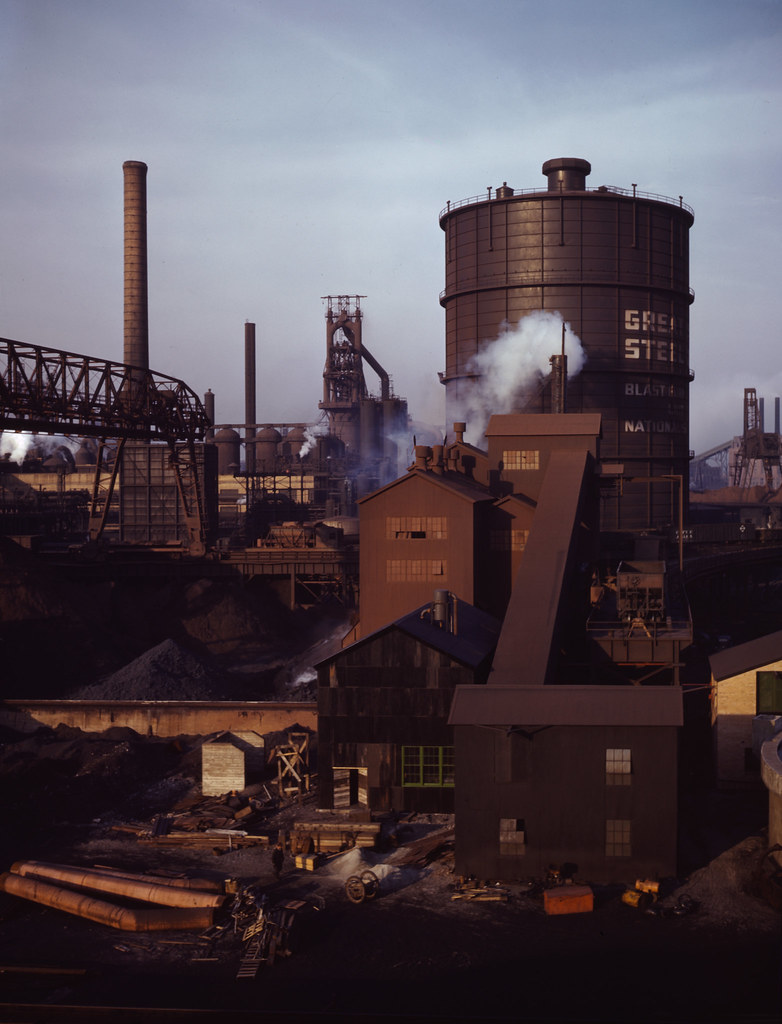
7. **Detroit, Michigan: The Resilient Heartbeat of American Automotive History**
Stepping beyond the idyllic coastal retreats, our journey now takes us to the gritty, unyielding heart of American manufacturing: Detroit, Michigan. Known universally as the Motor City, this is where the very concept of the automobile as a democratic luxury took root, forever altering the landscape of transportation and culture. To truly appreciate the enduring spirit of classic cars, one must understand the legacy forged in Detroit’s historic factories and design studios, a heritage that reverberates through its streets today.
Detroit’s automotive soul is palpable, deeply ingrained. The city hosts the legendary Woodward Dream Cruise, an unparalleled spectacle that transforms historic Woodward Avenue into one of the largest vintage car events in the world. This annual pilgrimage is more than a car show; it’s a vibrant, roaring testament to community pride and a living museum of American automotive ingenuity.
Beyond the Dream Cruise, Detroit offers a profound dive into its industrial past. The Henry Ford Museum and the Ford Rouge Factory Tour provide an immersive look at innovations that defined an era, from presidential limousines to assembly lines. These sites are hallowed grounds where the spirit of invention and birth of American car culture are meticulously preserved.
For those eager to trace the roots of this mechanical marvel, the Detroit Historical Museum narrates how cars reshaped American life. It’s a place to explore the intricate relationship between the automobile, the city, and the nation, revealing how Detroit’s pursuit of excellence transformed it into a global icon. Here, the car’s story is America’s story.
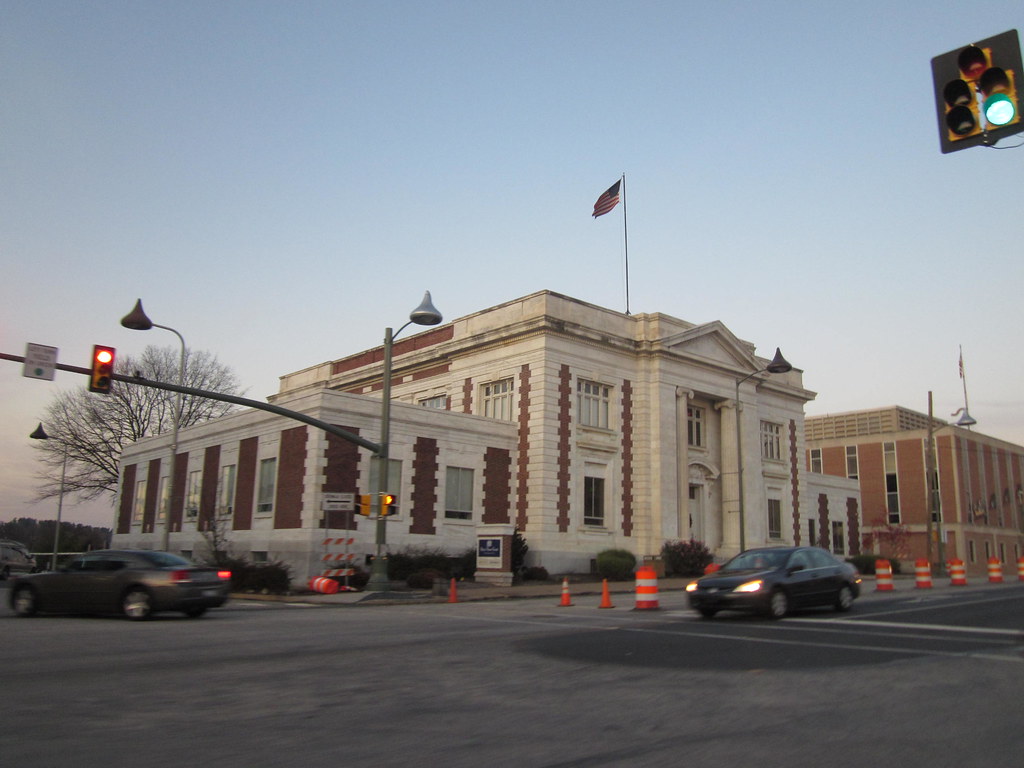
8. **Hershey, Pennsylvania: A Sweet Spot for Antique Automotive Grandeur**
Transitioning from industrial might to autumnal charm, we arrive in Hershey, Pennsylvania, a town often associated with chocolate, yet it secretly harbors one of America’s most significant antique automobile gatherings. Each October, as leaves turn, this sweet-scented town transforms into a veritable Mecca for car lovers, hosting America’s largest antique auto show and flea market, drawing over 250,000 enthusiasts.
The annual Fall Meet in Hershey is an experience unlike any other, a sprawling tapestry of automotive history where every conceivable part, piece, and pristine vehicle can be found. It’s a treasure hunter’s paradise, where rare components are unearthed, and dreams of restoration take tangible form amidst rows of vendor stalls.
Beyond the bustling outdoor spectacle, visitors can marvel at the AACA Museum’s extraordinary collection of pristine vintage vehicles. Housed in meticulously crafted period-perfect settings, the museum curates an astonishing array, from elegant Packards to quirky microcars, each telling a story of design evolution.
This convergence of a quaint, chocolate-infused town and a world-class automotive event makes Hershey a truly unique destination. It beautifully illustrates how an unexpected locale can become a cornerstone of classic car culture, offering both discovery and polished reverence.

9. **Bowling Green, Kentucky: The Undisputed Home of the Corvette**
Our next stop celebrates a singular American icon: the Chevrolet Corvette. Welcome to Bowling Green, Kentucky, proudly crowned America’s sports car capital. Since 1981, every single Corvette has rolled off the assembly line right here, cementing Bowling Green’s status as a pilgrimage site for anyone captivated by this legendary machine.
The heart of Bowling Green’s automotive identity is the National Corvette Museum. This dynamic institution showcases over 80 vehicles, chronicling the Corvette’s evolution from prototypes to racing legends. Visitors gain unparalleled insight into its enduring legacy and impact.
For those craving a closer look, factory tours offer an exhilarating opportunity to watch brand-new Corvettes being meticulously built before your eyes. It’s a rare glimpse into the precision and passion connecting the storied past with the cutting-edge present.
But the experience doesn’t end with observation. The National Corvette Museum Motorsports Park offers enthusiasts the ultimate thrill: the chance to push these iconic machines to their limits on a professional track. Bowling Green is an entire ecosystem dedicated to the celebration and enjoyment of a true American legend.
Car Model Information: 2025 Chevrolet Corvette Stingray w/3LT
Name: Chevrolet Corvette
Caption: 2021 Chevrolet Corvette C8
Manufacturer: Chevrolet
Production: 1953–present
ModelYears: bulleted list
Assembly: bulleted list
Class: Sports car
BodyStyle: coupé
Layout: Front-engine, rear-wheel-drive layout,Rear mid-engine, rear-wheel-drive layout
Categories: 1950s cars, 1960s cars, 1970s cars, 1980s cars, 1990s cars
Summary: The Chevrolet Corvette is a line of American two-door, two-seater sports cars manufactured and marketed by General Motors under the Chevrolet marque since 1953. Throughout eight generations, indicated sequentially as C1 to C8, the Corvette is noted for its performance, distinctive styling, lightweight fiberglass or composite bodywork, and competitive pricing. The Corvette has had domestic mass-produced two-seater competitors fielded by American Motors, Ford, and Chrysler; it is the only one continuously produced by a United States auto manufacturer. It serves as Chevrolet’s halo car.
In 1953, GM executives accepted a suggestion by Myron Scott, then the assistant director of the Public Relations department, to name the company’s new sports car after the corvette, a small, maneuverable warship. Initially, a relatively modest, lightweight 6‑cylinder convertible, subsequent introductions of V8 engines, competitive chassis innovations, and rear mid-engined layout have gradually moved the Corvette upmarket into the supercar class. In 1963, the second generation was introduced in coupe and convertible styles. The first three Corvette generations (1953–1982) employed body-on-frame construction, and since the C4 generation, introduced in 1983 as an early 1984 model, Corvettes have used GM’s unibody Y‑body platform. All Corvettes used front mid-engine configuration for seven generations, through 2019, and transitioned to a rear mid-engined layout with the C8 generation.
Initially manufactured in Flint, Michigan, and St. Louis, Missouri, the Corvette has been produced in Bowling Green, Kentucky, since 1981, which is also the location of the National Corvette Museum. The Corvette has become widely known as “America’s Sports Car.” Automotive News wrote that after being featured in the early 1960s television show Route 66, “the Corvette became synonymous with freedom and adventure,” ultimately becoming both “the most successful concept car in history and the most popular sports car in history.”
Get more information about: Chevrolet Corvette
Buying a high-performing used car >>>
Brand: Chevrolet Model: Corvette
Price: $92,990 Mileage: 3,779 mi.
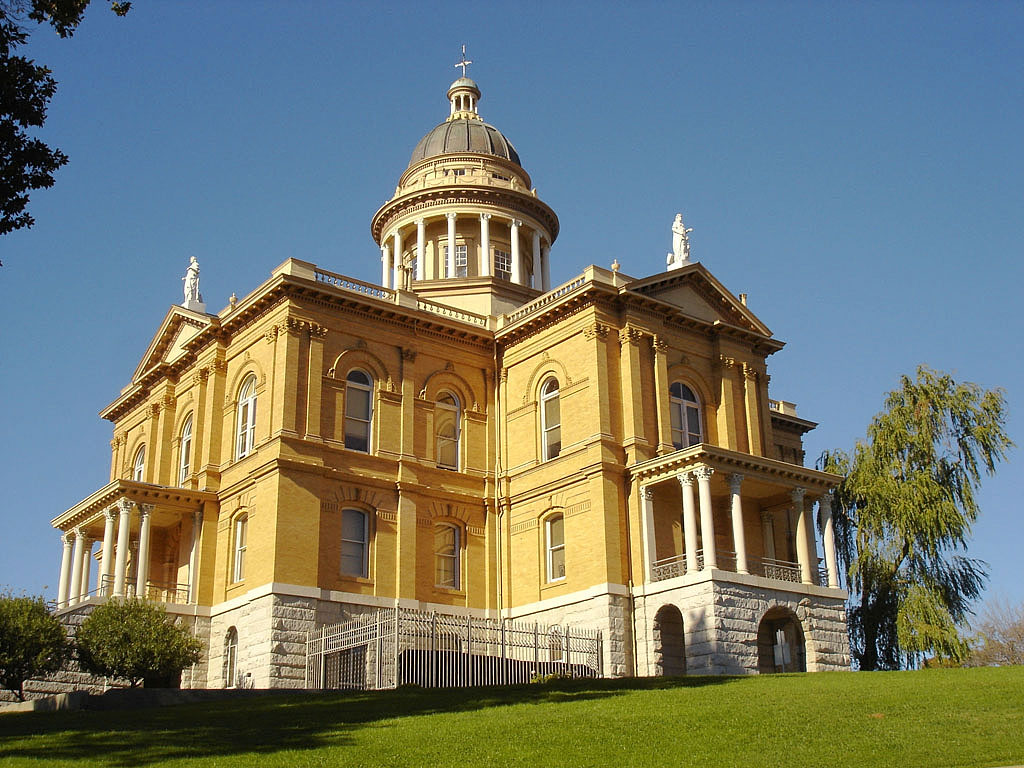
10. **Auburn, Indiana: Where Art Deco Met Automotive Luxury**
Journeying further into America’s rich automotive past, we uncover Auburn, Indiana, a small town with an outsized legacy, where elegant Art Deco architecture frames the story of three legendary luxury marques: Auburn, Cord, and Duesenberg. This Midwestern gem was once headquarters for these iconic brands, a testament to unparalleled automotive opulence.
The legacy of Auburn, Cord, and Duesenberg is celebrated in spectacular museums, many housed within original factory buildings. These institutions preserve and display pristine examples, epitomizing luxury, performance, and style. Walking through these halls is like stepping back into the 1930s, a vivid glimpse into craftsmanship.
Each Labor Day weekend, Auburn truly comes alive with the annual Auburn Cord Duesenberg Festival. Hundreds of these magnificent machines, restored to original glory, parade through streets virtually unchanged since their 1930s heyday. It’s a breathtaking spectacle, a living history lesson that captivates all.
This festival is more than a car show; it’s a poignant reunion of automotive legends with their birthplace, a vibrant community celebration of heritage and engineering. Auburn reminds us that extraordinary automotive history was written in quiet towns where passion and precision converged to create masterpieces.
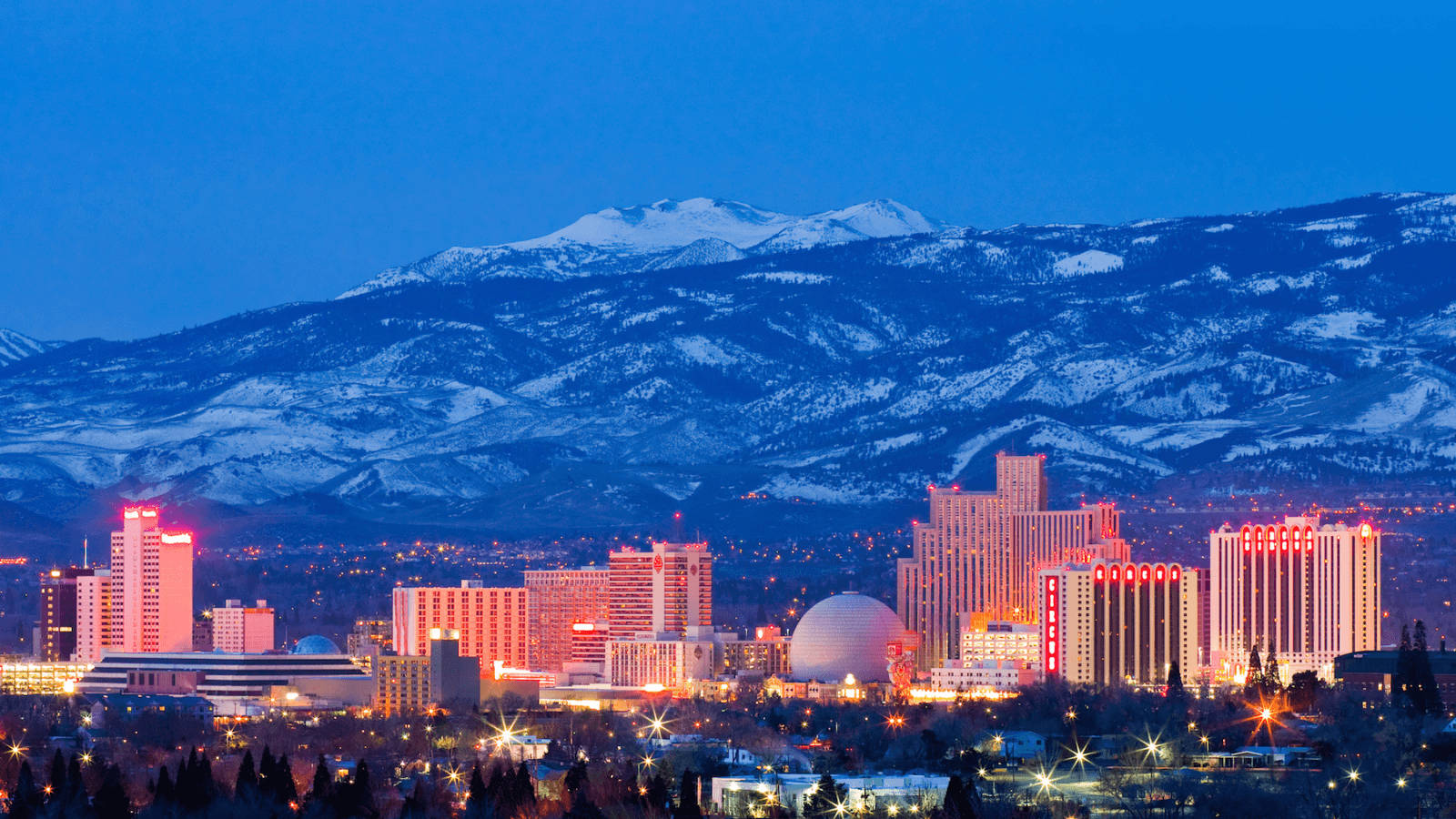
11. **Reno, Nevada: The High Desert’s Roaring Homage to Hot Rods**
From refined elegance, we shift gears to the thunderous, chrome-laden celebration of American hot rods in Reno, Nevada. Each summer, the “Biggest Little City in the World” transforms as Hot August Nights descends, turning the high desert into a classic car heaven. Thousands of gleaming pre-1973 vehicles fill the streets, a vibrant tribute to customization and cruising.
Hot August Nights is a weeklong festival embodying quintessential American car culture. The event features endless cruising, show-n-shines sparkling under the Nevada sun, and thrilling nightly drag races, harking back to an earlier era of automotive competition. It’s an immersive journey into hot rod enthusiasm.
Beyond roaring engines, the festival is steeped in 1950s Americana. Sock hops, live concerts featuring rock-and-roll, and vast vendor marketplaces create an atmosphere of pure nostalgia. Reno’s neon-lit casinos provide a dazzling, cinematic backdrop for these chrome-laden cruisers.
Reno’s ability to host such a massive and vibrant celebration makes it a unique automotive destination. It underscores how a city becomes a focal point for a specific segment of classic car culture, bringing together enthusiasts to share their passion. Hot August Nights is a cultural phenomenon.
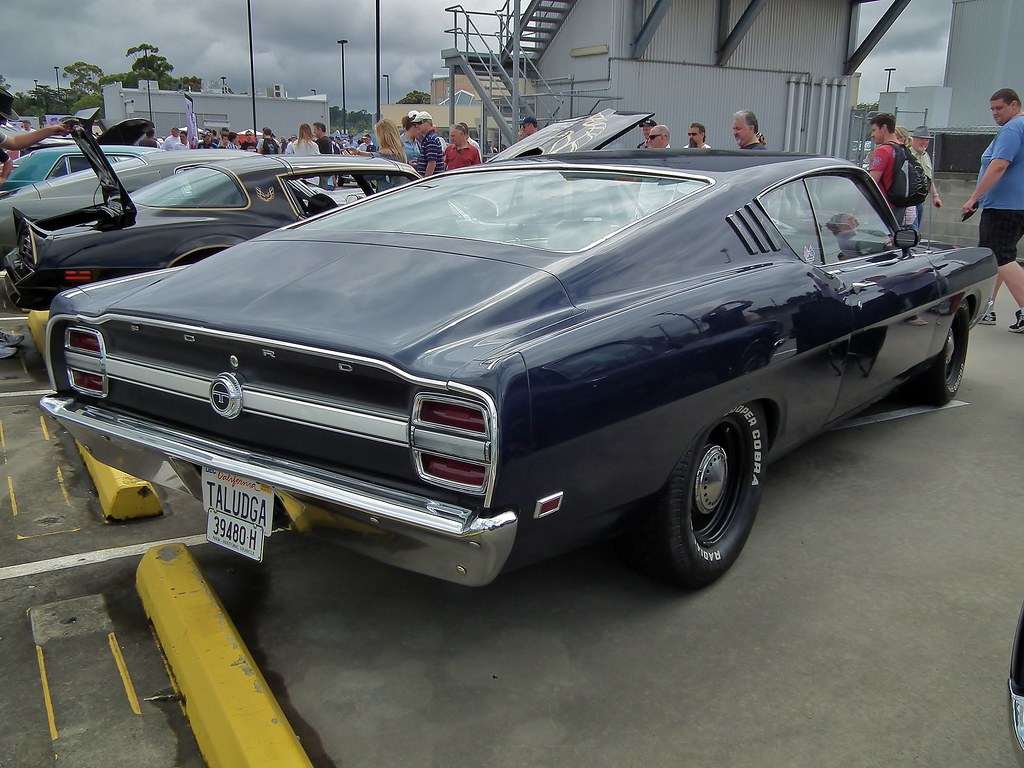
12. **Talladega, Alabama: Echoes of Speed and Southern Racing Heritage**
Our final destination takes us into the exhilarating world of motorsports, where racing heritage echoes through the pines surrounding NASCAR’s most legendary superspeedway: Talladega, Alabama. This isn’t just a place to see classic cars; it’s a place to feel the raw power and historic significance of machines built for speed, immersing visitors in the high-octane drama of American racing.
The International Motorsports Hall of Fame, adjacent to Talladega Superspeedway, is a temple to racing legends and their groundbreaking vehicles. Here, visitors stand eye-to-eye with machines that made history on the formidable 2.66-mile tri-oval and other tracks. It’s a curated collection capturing innovation, courage, and sheer speed.
Beyond the museum, the true magic of Talladega lies in experiencing the track. Tours allow walking the legendary 33-degree banking, feeling the incline that challenges drivers. Driving experiences offer the chance to navigate the track, connecting directly with stock car racing’s adrenaline-fueled history.
Twice yearly, the Talladega Vintage Race brings historic competition machines back to their natural habitat, filling the air with the roar of engines from bygone eras. This visceral reminder of Talladega’s enduring legacy is relived with thunderous intensity, a testament to the deep-rooted passion for speed.
The journey through these distinct American cities and regions reveals a profound truth: the allure of classic cars is as diverse as the landscapes they traverse. From the birthplaces of automotive empires to specialized sports car sanctuaries, and from sprawling antique markets to high-speed race tracks, each destination offers a unique window into the multifaceted world of vintage automobiles. These aren’t just cities on a map; they are living museums and vibrant communities where the past continually cruises into the present, celebrating the artistry, engineering, and enduring romance of the open road.


